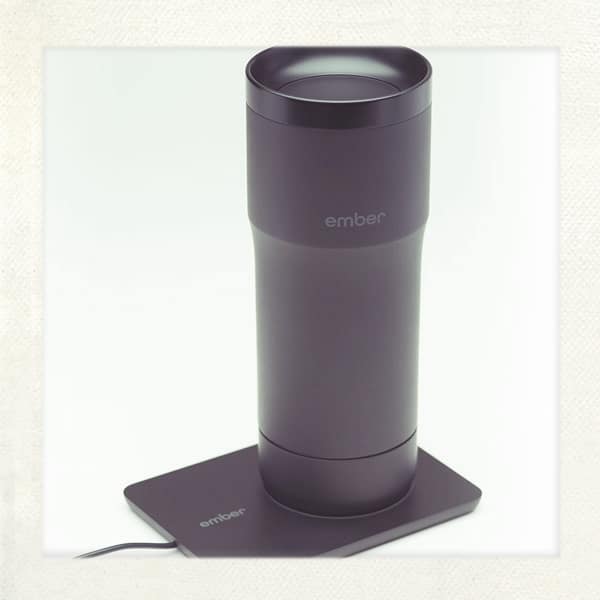The Oldest Coffee Mugs in the World - The History of Coffee Mugs



The first mug on earth was made of bone.
The first mugs ever were found in the Neolithic Stone Age, and dated to about 10000 BCE, found in China or Japan and was made of bones. Old mugs are even made of wood, but most of them have not survived intact. The first pottery mugs, which were made on a potter wheel, were found in the Late Neolithic Period approximately 2500 to 2000 BCE in China. The decoration process of pottery mug was quite easy – it was also relatively easy to add a handle. An example of a rather advanced, decorated clay mug was found in Greece around 4000–5000 BCE. The meaning of the carving in the handles is yet unknown, but it is probably not functional. A huge disadvantage of those clay made mugs was their thick walls, which made them unfit for the mouth. The walls got thinner with development of metal processing techniques. Metal mugs were produced from bronze, silver, gold, and even lead, starting from roughly 2000 BCE, but were hard to use with hot drinks. The invention of porcelain around 600 BCE opened a new generation of mugs made from porcelain that we still widely use today.
The word “mug” used to indicate a picture of prisoner or person’s head. In 18th century, drinking vessels were called “mug” because it has the same shape with people’s head. There is no exact record as to when people started referring to it as “coffee mug”. Today, with the popularity of coffee (coffee is the world’s second most consumed drink after water), it is used to call general big cups containing hot beverages, even though it is used to hold tea or some other hot drinks (see more about differences between mug and cup)


Short Video of the Bushel with ibex motifs.
One of the oldest mug is the Bushel with ibex motifs, around 4200 to 3500 BCE in Susa. Watch this short video to get a better image of how old the mugs look.







